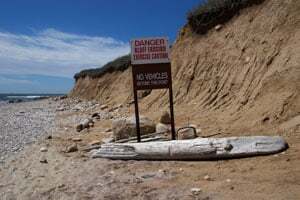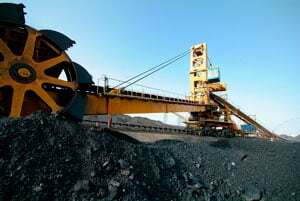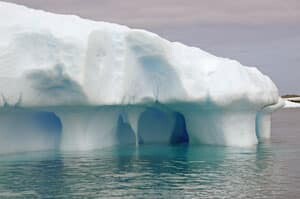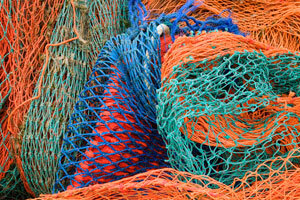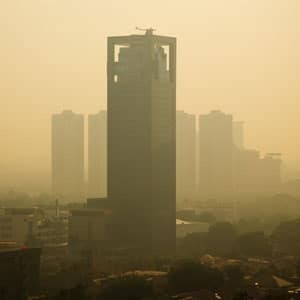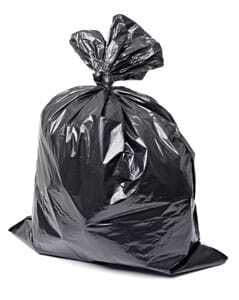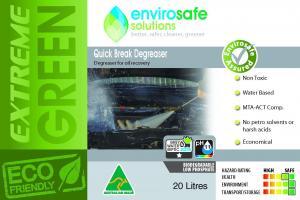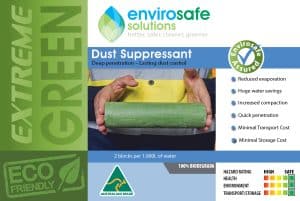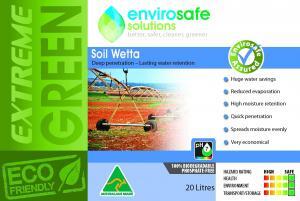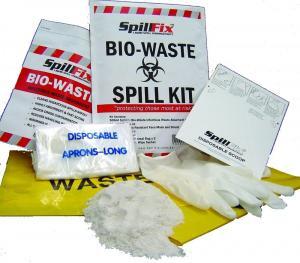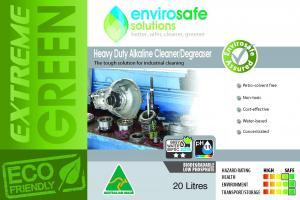 The environment needs your help if it is to survive and there are many ways you can help while also saving money at the same time.
The environment needs your help if it is to survive and there are many ways you can help while also saving money at the same time.
The average family spends about 2000 dollars annually on energy. And every dollar you spend causes more power to be generated. If you can reduce your home’s energy consumption you can save money while also helping to cut back on the need to produce more energy.
Here are 6 tips to help you save money and save energy consumption in your home.
Average savings can be between $100 and $300 depending on your abode’s condition and age
1. Conduct an energy audit of your home.
By knowing where the house is losing heat in the winter and cool air in the summer you need to know where the leaks are. You can perform this audit on your own or contact someone from local utilities that often offer this service free of charge. However, if you plan to apply for government incentives for energy savings, the audit will need to be conducted by a professional, certified by the government.
2. Fill in the cracks around doors and windows.
Walk around the outside of your home and look at the seal around all windows and doors. Using acrylic latex caulk to seal all openings can stop warm and cold air from escaping from the home and stop you from paying to try to heat or cool the outside. If you live in an older weatherboard home, make sure the joins are sound and properly sealed. It will make all the difference.
3. Install weather stripping around doors and windows.
With older doors and windows, weather stripping can be installed to stop air flow to the outside, as well as hot or cold air getting into the home from outside. Caulking can be used on the outer frame of doors and windows, but not on the doors and windows themselves. Plastic weather stripping is a cheap and phenomenal way to save on power bills!
4. Add ceiling insulation. Depending on the climate in which you live adding insulation can help save on heating and cooling costs. Check with your local building supply store to see how much insulation is recommended in your area and then add more if necessary. Rebates may also be available in some states in Australia.
5. Replace old energy-hungry appliances. Many choose to only replace their old appliances when they no longer work, mainly due to the cost. However, when looking at new ones don’t let the price be the main selling point. Consider how much energy you can save each year over the life expectancy of the new appliance and see how much money the new one will save you each year. You can see how fast the new appliance can pay for itself by the reduced energy cost alone. Most new Australian appliances now have a visible energy rating displayed prominently. For larger items such as fridges and washing machines, make sure you go for substance as well as style. Take note of the energy rating and source an appliance that is efficient and environmentally sound.
6. Plant trees around the home. Regardless of where you live planting shade trees around the home can reduce the sun’s heating effects on your home. Planting two trees on the west side of the house and at least one on the right will reduce the energy required to cool the home in the summer and heat it in the winter.
Envirosafe Solutions supports all Australian households to cut down on energy usage and heating and cooling costs. These simple steps can really help. If you would like to source eco friendly liquid products that are also sustainable and less harsh on the environment, contact and Envirosafe Solutions sales team member on 1300 889070.
References:
http://www.thedailygreen.com/green-homes/latest/best-home-improvement-projects-0811#/category1









